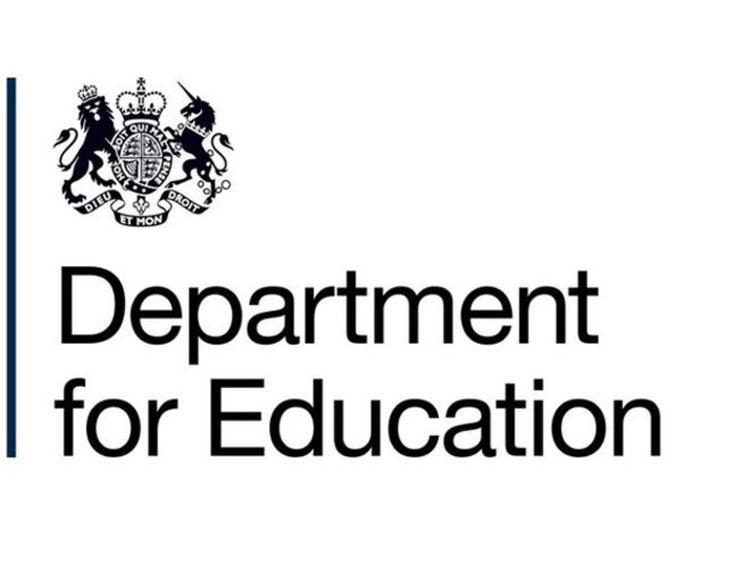Case study: Measuring pupil progress and managing the data

St Peter’s C of E Primary School is part of the Lighthouse Schools Partnership, a multi-academy trust (MAT) in south-west England with schools from nursery to sixth form.
- St Peter’s C of E Primary School, Portishead, Somerset
- Phase: Primary
- Number of pupils: 565
- Website: www.st-peters.n-somerset.sch.uk
Project outline
Teaching staff from St Peter’s collaborated with 4 other schools in the Lighthouse Schools Partnership, in year groups and phase teams.
They identified the learning objectives they felt children in years 1 to 7 need to achieve to be ready for the next stage in their teaching for each subject.
For years 2 and 6 these were based on the National Teacher Assessment Frameworks, as is required nationally.
Building on these objectives, key performance indicators (KPIs) were developed for each year group for:
- reading
- writing
- maths
Each KPI had an expected descriptor and a ‘depth descriptor’. Using these KPIs, a bespoke tracking system to enter and extract data in the assessment process was developed, based on the school’s own assessment principles.
An important feature of the system was to ensure data would be entered once and could be used multiple times at:
- class level
- school level
- MAT level
Outcomes
Findings from a survey completed by 24 teachers following one round of assessment and implementation of the new tracking system indicated that:
-
since the development and use of KPIs:
- all staff have a clear understanding of the assessment objectives in their year group
- all staff understand the standards pupils need to reach in their year group
- the majority of teachers understand how progress is measured
-
most teachers reported that their increased understanding meant a reduction in time taken to assess pupils’ learning using the KPIs, and a reduced teacher workload
-
positive features of the new tracking system include:
- clarity of KPIs and depth descriptors
- ease of use
- opportunities to moderate with colleagues
- the ability to use point in time assessment to inform future teaching
-
using the same tracking system across the MAT:
- created a common language and format across schools
- provided a facility for data to be entered once and used several times within and across the schools
More information
- Contact: Janine Ashman, deputy headteacher, at [email protected]
- Read St Peter’s C of E Primary School – research report











Responses